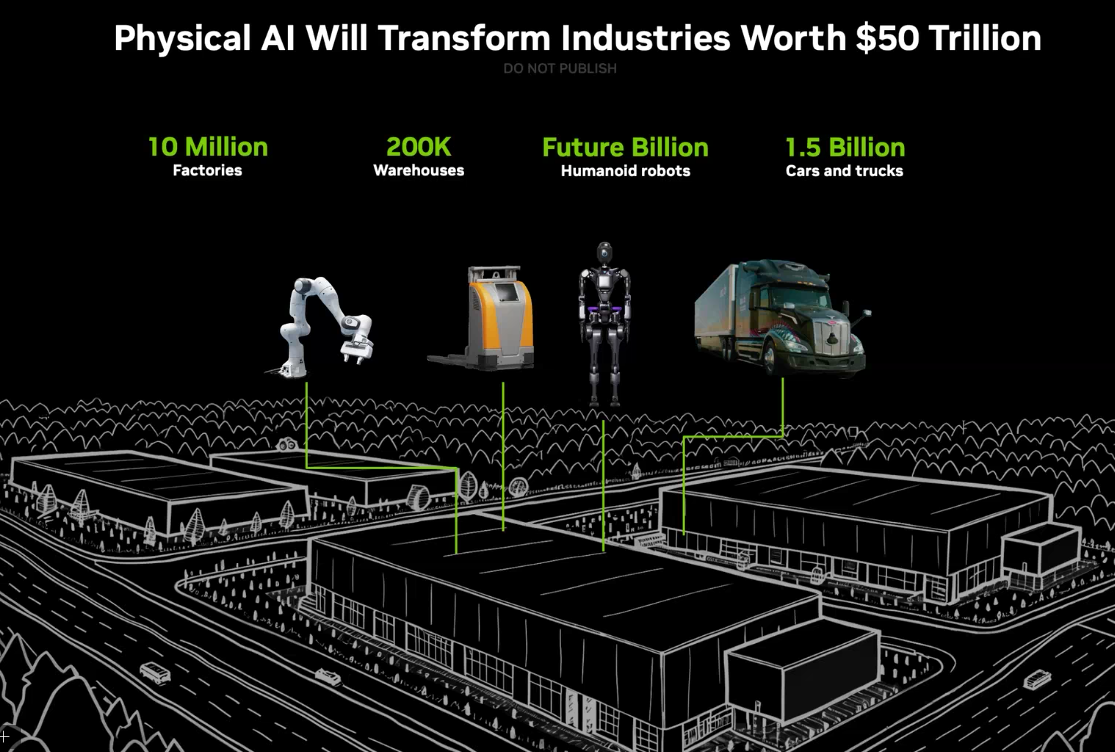Hugging Face Robots: Revolutionary Open Source Humanoids Arrive
In the fast-evolving landscape where artificial intelligence meets the physical world, advancements in robotics are capturing significant attention. For those tracking innovation across technology sectors, including the decentralized space often discussed in the crypto community, the convergence of AI and hardware presents exciting possibilities. Leading AI development platform Hugging Face is making a notable move in this direction, recently unveiling two new Humanoid Robots aimed at democratizing access to advanced robotics.
Open Source Robotics Platforms
Hugging Face, known primarily for its work in natural language processing and open-source AI models, has been steadily expanding its focus into robotics. Their latest announcement introduces two distinct, open-source robotic platforms: HopeJR and Reachy Mini. This release signifies a concrete step in making sophisticated hardware more accessible for AI development and research.

Both robots are designed with the developer and researcher in mind, aiming to lower the traditional barriers associated with high-end robotics hardware. A core philosophy behind Hugging Face’s approach is the commitment to open source. This principle is central to their AI models and platforms, and they are extending it to their hardware initiatives. Making these new robots open source means that the designs, software, and potentially even hardware specifications are available for anyone to study, modify, and build upon.
Democratizing Access to Robotics
As Hugging Face co-founder and CEO, Clem Delangue, emphasized, the goal is to prevent the robotics field from being dominated by a few large entities using proprietary, ‘black-box’ systems. Open Source Robotics fosters collaboration, accelerates innovation, and allows for greater transparency and understanding of how these complex systems work. This mirrors the open-source movement seen in software development and even aspects of the decentralized technology space, where shared knowledge drives progress.
They also expanded the training data available on the LeRobot platform through a collaboration with AI startup Yaak, adding valuable data for training systems like self-driving machines. The recent acquisition of humanoid robotics startup Pollen Robotics in April provided Hugging Face with essential expertise and capabilities needed to develop the new humanoid platforms, according to CEO Delangue.
Future Implications of Affordable Humanoid Robots
The introduction of affordable, open-source humanoid robots like HopeJR and Reachy Mini has significant implications for the future of AI and robotics development. By providing accessible hardware platforms alongside their open AI software tools (like LeRobot), Hugging Face is creating an integrated ecosystem that empowers a diverse community of developers. This accessibility can accelerate experimentation, education, and the development of novel applications for robots in various fields. It aligns with a broader trend towards democratizing technology, moving power and innovation from centralized entities to a wider, distributed network of creators.

While an exact shipping timeline is still being finalized, Hugging Face anticipates shipping the first units of these robots by the end of the year. A waitlist is currently open for those interested in acquiring either HopeJR or Reachy Mini to begin their own AI Robotics projects.




















